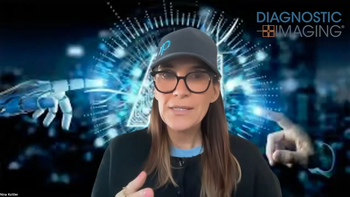
Two payment systems differ in makeup and intent
Pending changes to Medicare in the Deficit Reduction Act of 2005 call for nonhospital outpatient technical fee reimbursement to be the lesser amount of either the Hospital Outpatient Prospective Payment System (HOPPS) or the physician fee schedule.
Pending changes to Medicare in the Deficit Reduction Act of 2005 call for nonhospital outpatient technical fee reimbursement to be the lesser amount of either the Hospital Outpatient Prospective Payment System (HOPPS) or the physician fee schedule. The problem is these are two entirely different systems, and one methodology cannot be used as a payment mechanism for the other, according to Pam Kassing, senior director of the American College of Radiology department of economics and health policy.
The physician fee schedule, developed by the Centers for Medicare and Medicaid Services more than 20 years ago, is a resource-based relative value scale (RBRVS) for determining practice expenses. The three components of RBRVS are physician work, practice expense (direct and indirect), and malpractice. Each component is adjusted to reflect different costs for different geographic areas.
Under HOPPS, Medicare pays for hospital outpatient services on a rate-per-service basis that varies according to the ambulatory payment classification (APC) group to which the service is assigned. Each APC weight represents the median hospital cost of the services. Unlike the physician fee schedule, HOPPS and APC are not resource-based systems. They are more akin to accounting procedures, and their payment rates vary from hospital to hospital and even from cost center to cost center.
http://diagnosticimaging.com
Newsletter
Stay at the forefront of radiology with the Diagnostic Imaging newsletter, delivering the latest news, clinical insights, and imaging advancements for today’s radiologists.




























